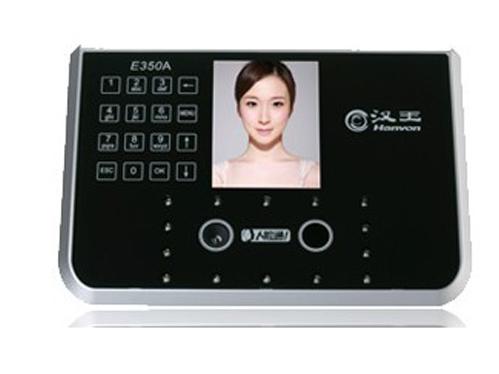
Privacy statement: Your privacy is very important to Us. Our company promises not to disclose your personal information to any external company with out your explicit permission.
86-0769-39020536
 A UK company that specializes in access control R&D and system integration has issued a report that indicates the key development direction of the global access control access market in 2013. Among them, NFC technology derived from RFID has become one of the focuses of attention. Today, smart mobile devices have been interconnected with security products that support face recognition. In the area of access control, NFC has contributed.
A UK company that specializes in access control R&D and system integration has issued a report that indicates the key development direction of the global access control access market in 2013. Among them, NFC technology derived from RFID has become one of the focuses of attention. Today, smart mobile devices have been interconnected with security products that support face recognition. In the area of access control, NFC has contributed. March 08, 2024
November 29, 2023
E-mel kepada pembekal ini
March 08, 2024
November 29, 2023

Privacy statement: Your privacy is very important to Us. Our company promises not to disclose your personal information to any external company with out your explicit permission.

Fill in more information so that we can get in touch with you faster
Privacy statement: Your privacy is very important to Us. Our company promises not to disclose your personal information to any external company with out your explicit permission.